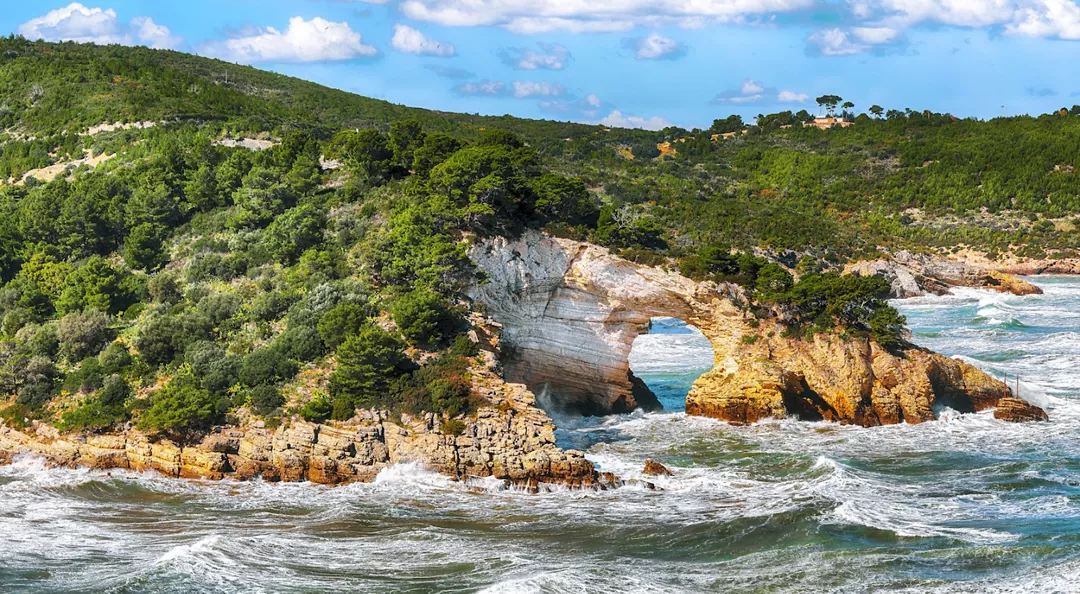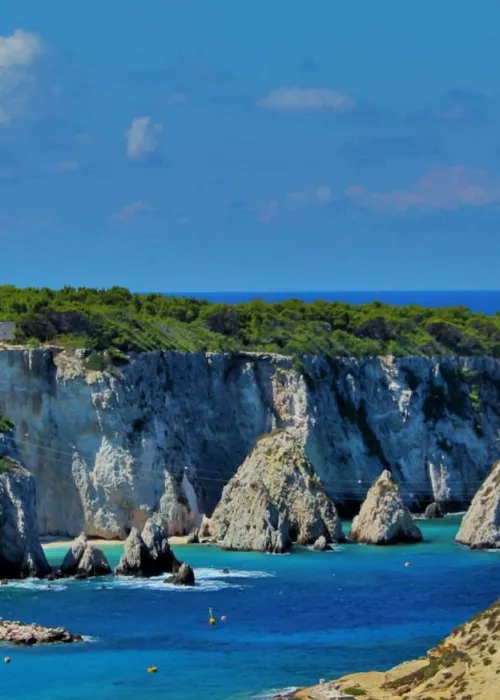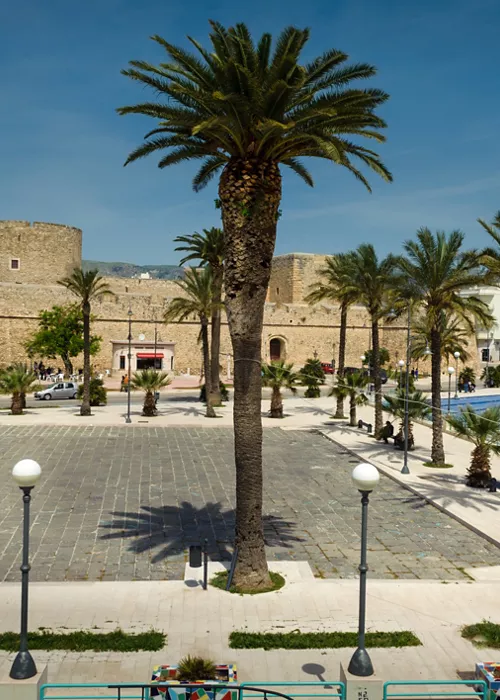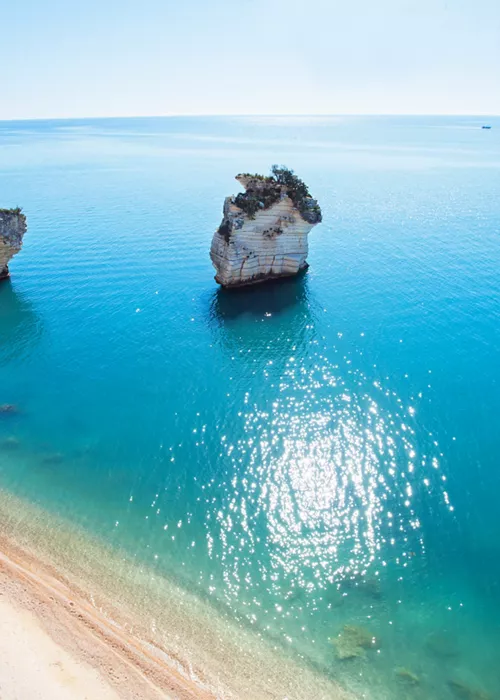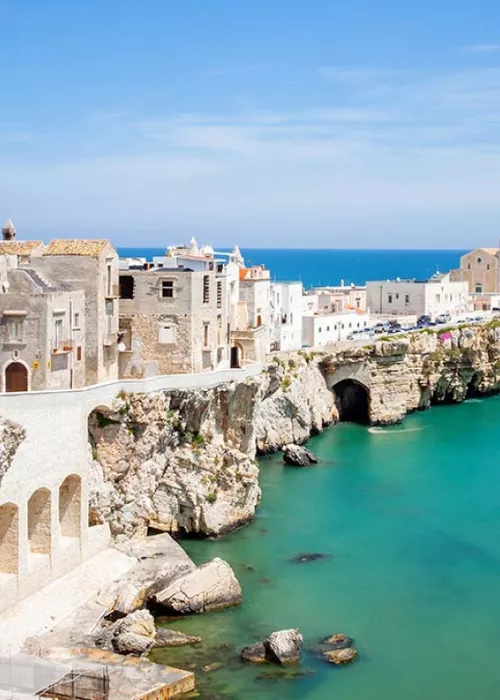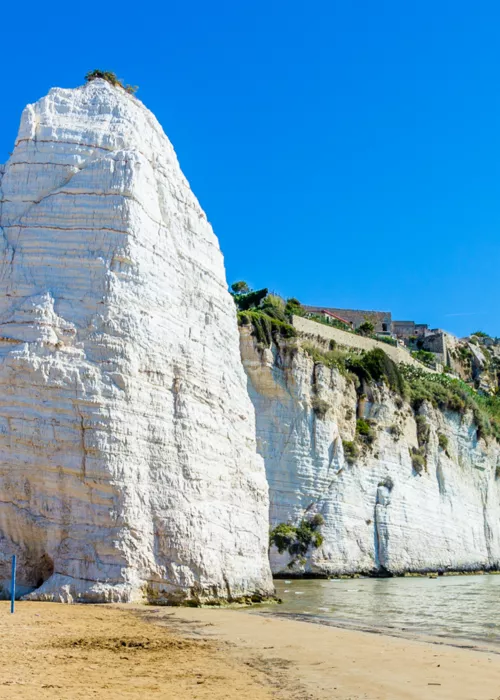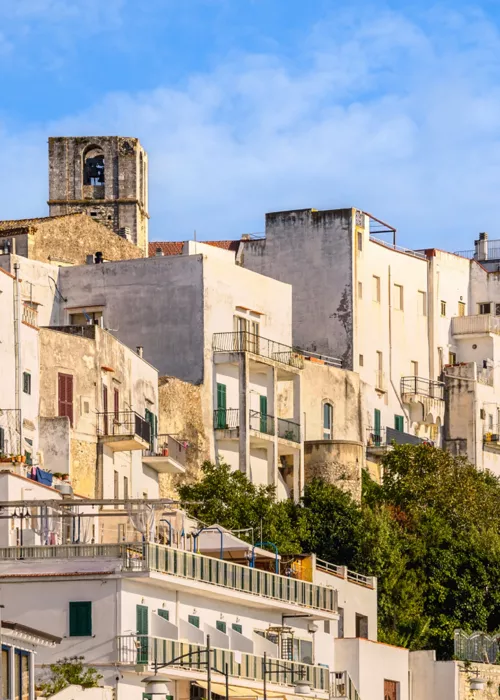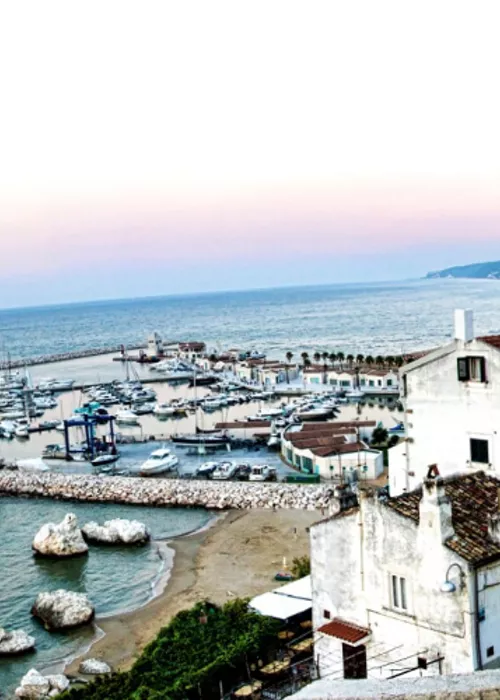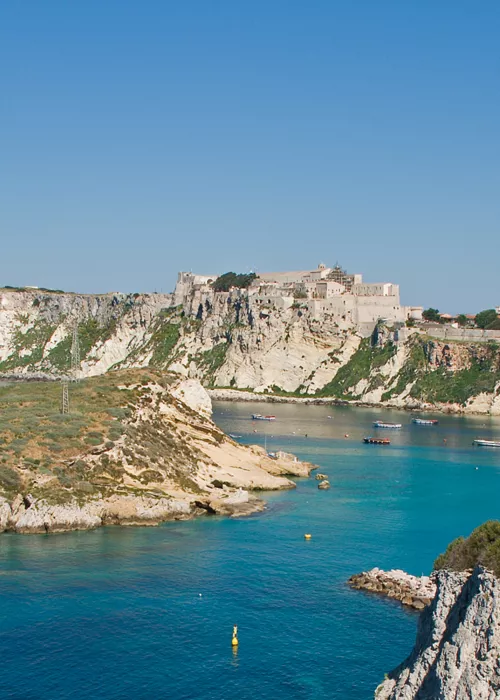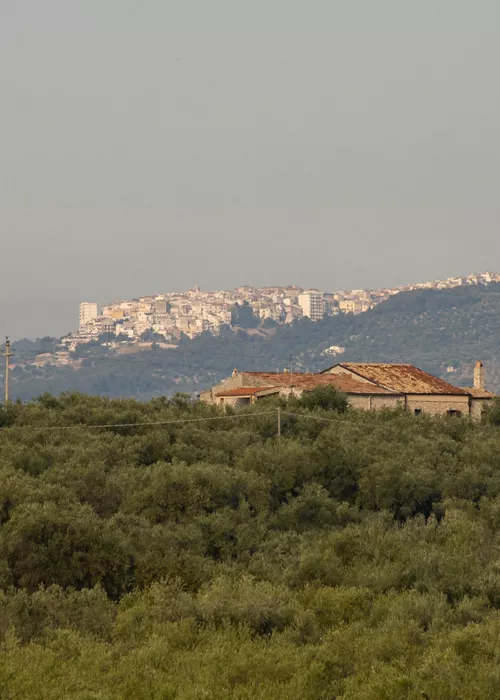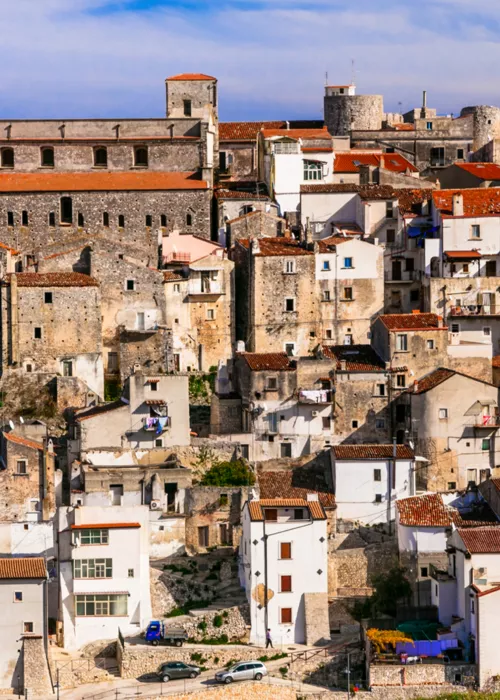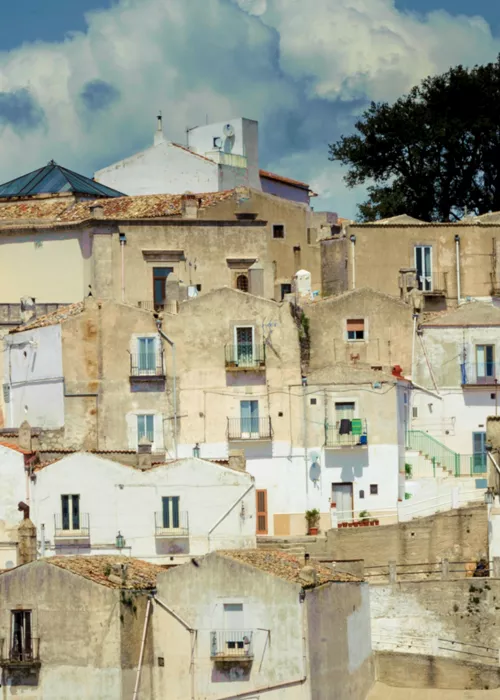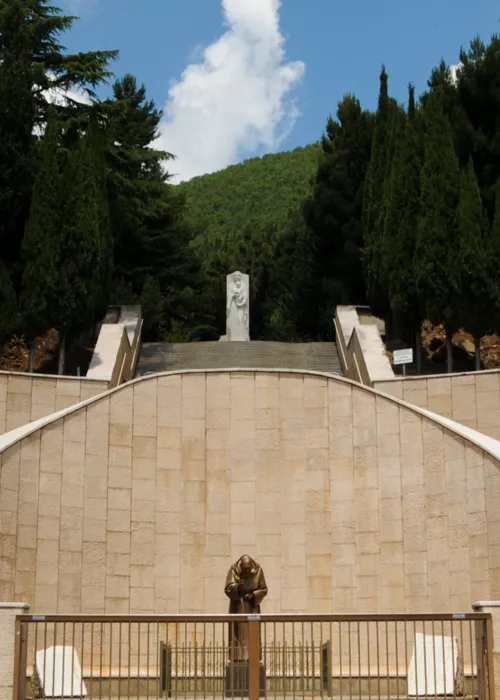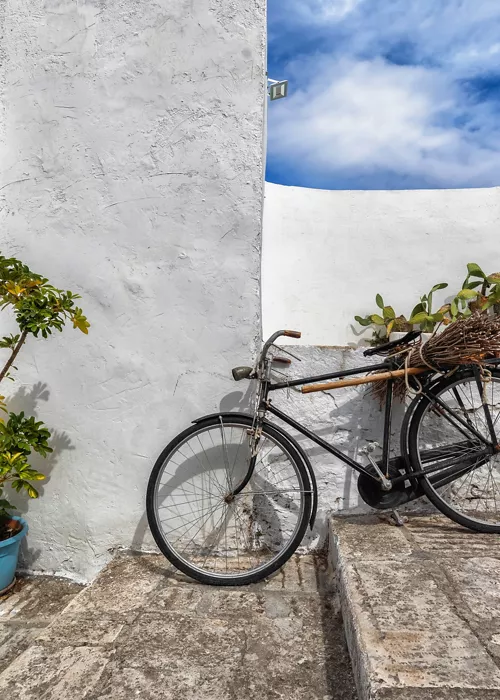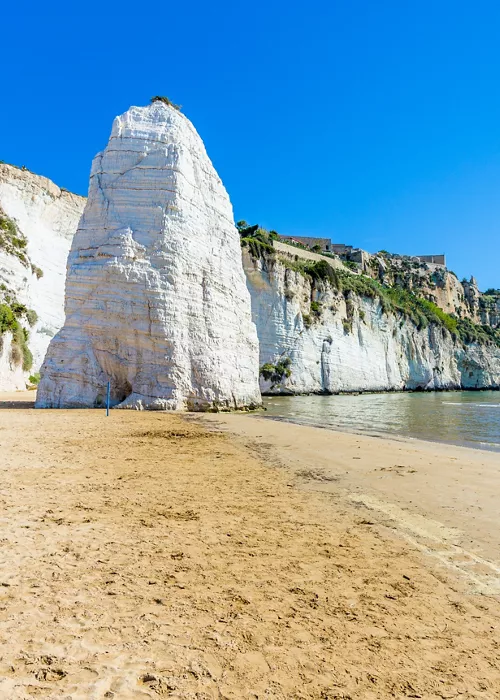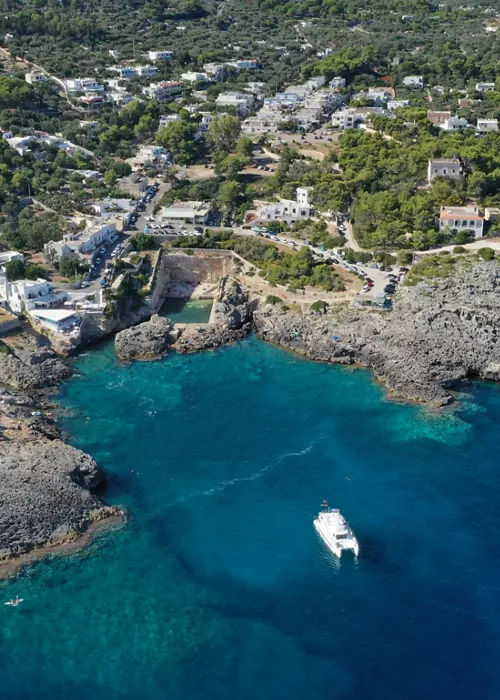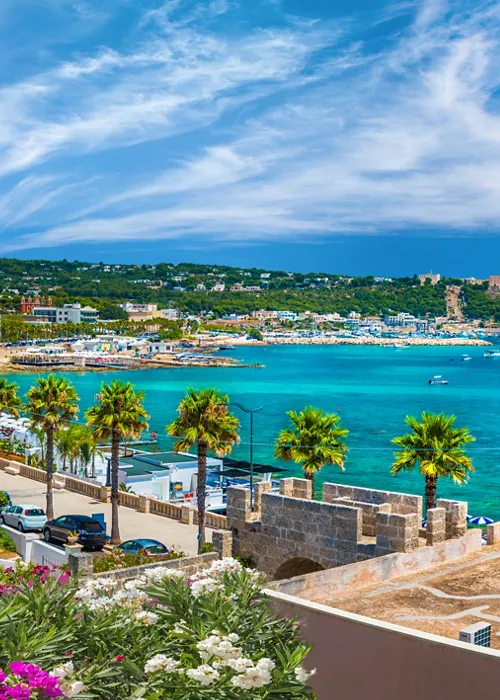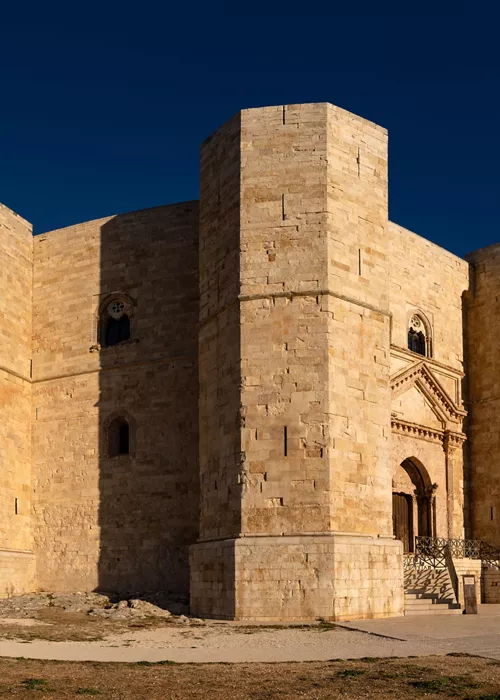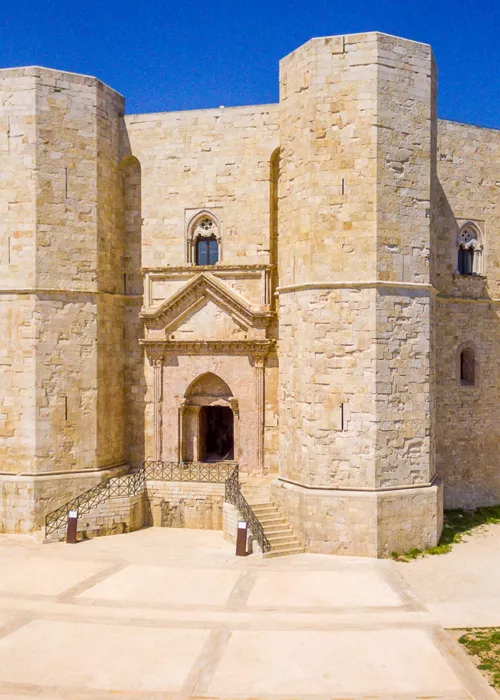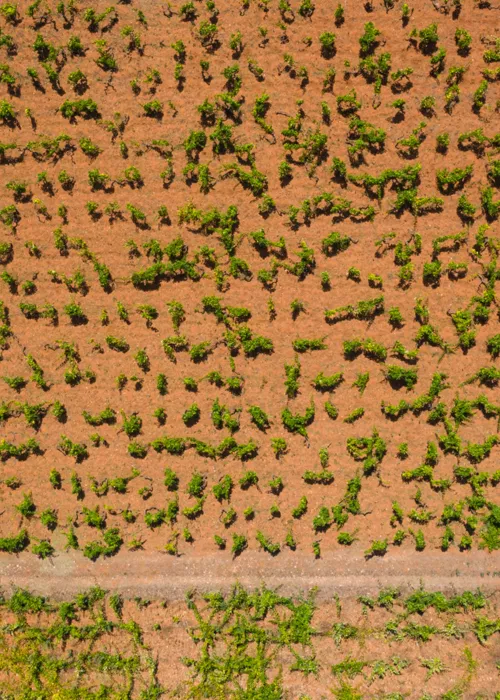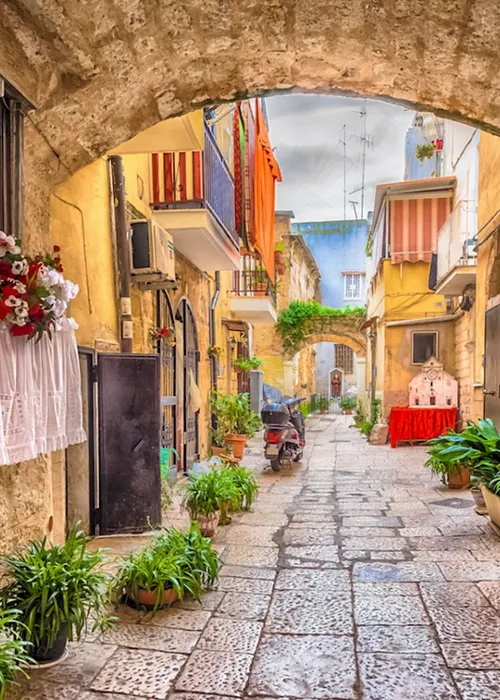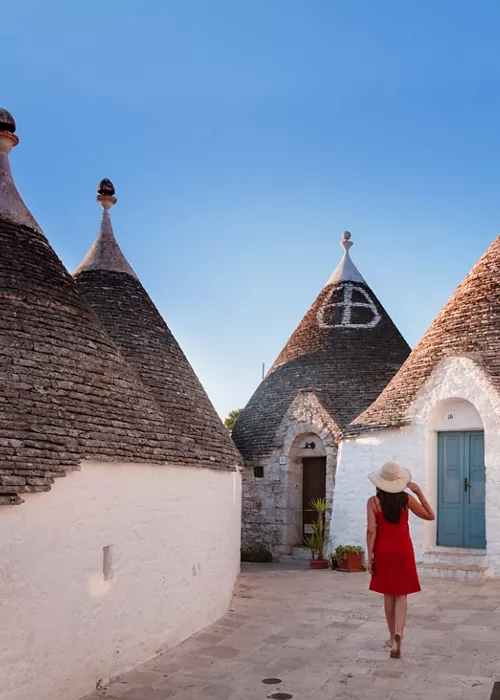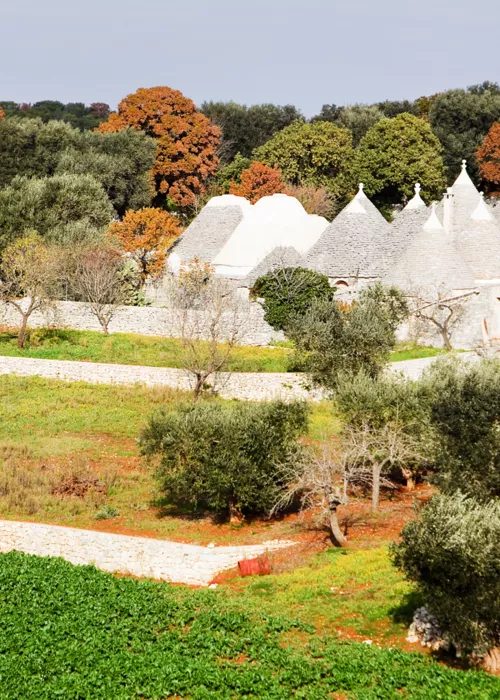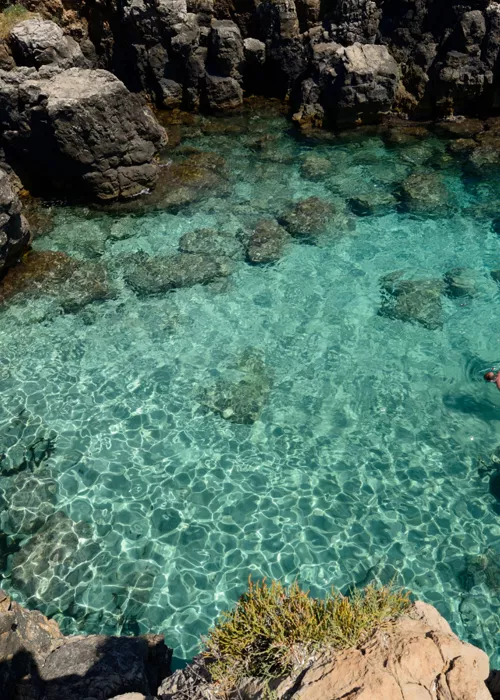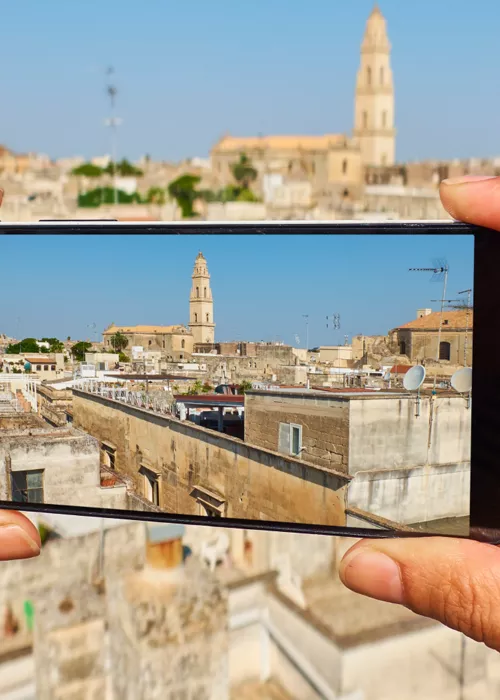Traveling Gargano
4 minutes
The Gargano Promontory in Apulia, due to its shape, is considered to be “Italy’s spur.” This promontory, projecting itself out into the Adriatic Sea, is almost entirely covered by a massive and mountainous carsic rock. Leafy vegetation, a crystalline sea, evocative places, a faithful people and the genuine tastes of this zone are its fundamental characteristics. One of nature’s jewels, it rests under the tutelage of the National Park, which also covers the Umbra Forest, the marine reserve of the Tremiti Islands and the coastal lakes of Lesina and Varano.
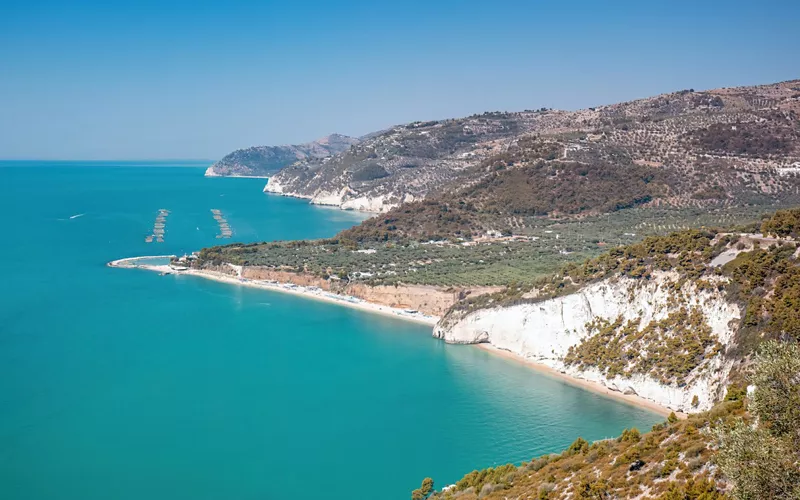
This is the most extensive National Park in Italy, and it encloses a tract of vast biodiversity. Its naturalistic landscapes and pathways allow for the exploration and observation of rich plant life, where many animal and bird species live. Numerous touristic localities line the Gargano coast, offering vacations that focus on nature, culture, and the sea. The “door” to Gargano is Manfredonia, but on the way, stops at the Romanesque Churches of San Leonardo and Santa Maria di Siponto (both approximately a thousand years old) are a must for their historic and architectonic importance. Manfredonia rises on the Gulf of the same name; it is a city rich in monuments, beginning with the Swabian, Anjou, Aragonese Castle, commissioned by Manfredi of Sicily during the city’s founding. Today it is the seat of the archaeological museum that preserves the stele daunie (funerary momuments dating to 800-600 B.C., left by the Illyrian tribe, the Daune). The city also boasts numerous examples of religious architecture, among which are the Cathedral of Manfredonia and the Abbey of San Leonardo in Lama Volara. The area’s natural marvels also merit a visit, including the Scaloria Grotto and Lake Salso. Heading toward Vieste, the spectacularly rocky coast is marked by steep precipices and overhangs, giant white boulders, and tiny beaches accessible only from the sea.
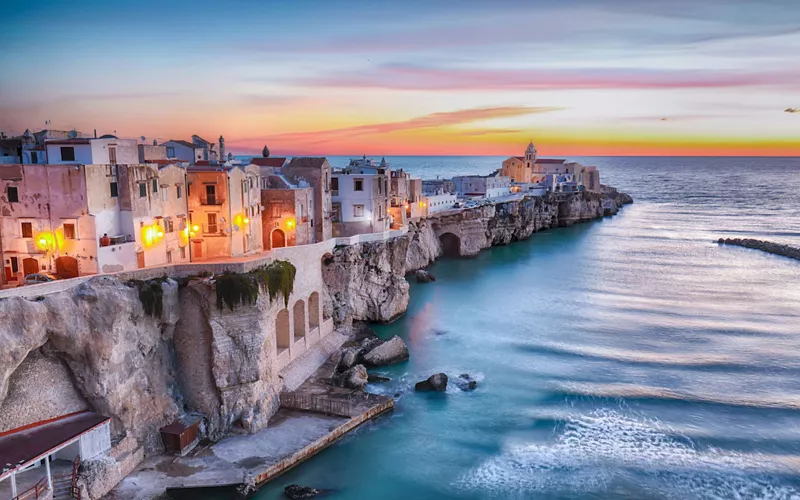
Next is Mattinata (whose name means “morning”), which features an enormous sandy beach, but is mostly immerged in a swathe of centuries-old olive tree groves. Not only olives, but almond trees define Mattinata - thus it is known varyingly as the “Land of Almonds” or the “White Butterfly of Gargano”. The latter is attributed to the peculiar form designed by the visual mix of white houses nestling in the hills. Then, the Bay of Zagare (or Orange Blossoms) follows, with its sea-stacks, and Pugnochiuso, a beloved local sea destination.
On the eastern side of the “buttress” is Vieste, a hopping touristic hub in Gargano: the sea here is, in a word, unforgettable, its waves lapping between two long, white-sand beaches. A rocky promontory dominates above, topped by a borgo, a labyrinth of tortuous stairways and winding streets and alleys, and white edifices and arches. A bishopric for centuries (from 918 to 1817), this enchanting village hosts a Romanesque-Apulian Cathedral – alone it is enough of a draw, but there is also the Castle (the Swabian Frederick II eventually restored them both) and the rock monolith (a natural obelisk), called “Pizzomunno”. Twenty-five meters high, Pizzomunno rises before “Castle” beach and is the symbol of Vieste.
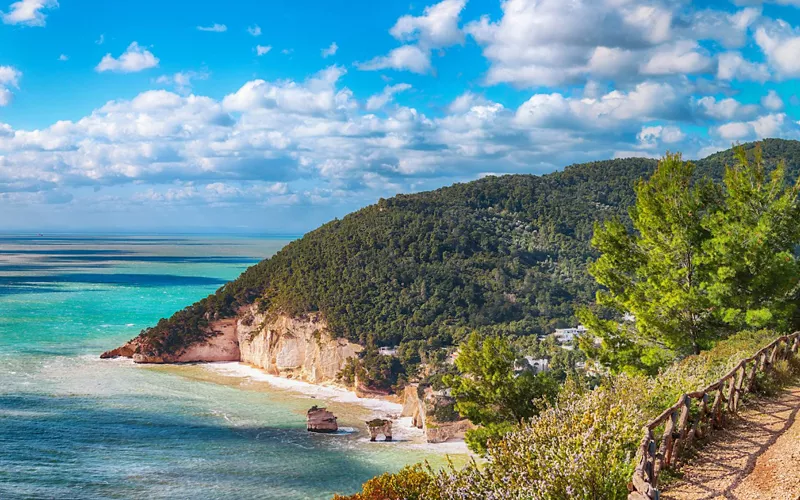
Those traveling the coast can also admire the trabucchi, or ancient installations equipped with long wooden arms to support fishnets. Continuing our journey, we come across Manacore - whose bay is considered to be one of the most evocative in Apulia – on the way to Peschici, a little town perched above a craggy rock, a sheer drop to the blue sea below. Its tight and narrow streets perambulate in front of and around the characteristic domed houses, all inside ancient walls. The trabucchi are also very typical for this area, but for a different reason: the same type of instrument was also erected as a means for defense against 16th-Century pirates and corsairs, and therefore can be found among the ruins of various fortification towers.
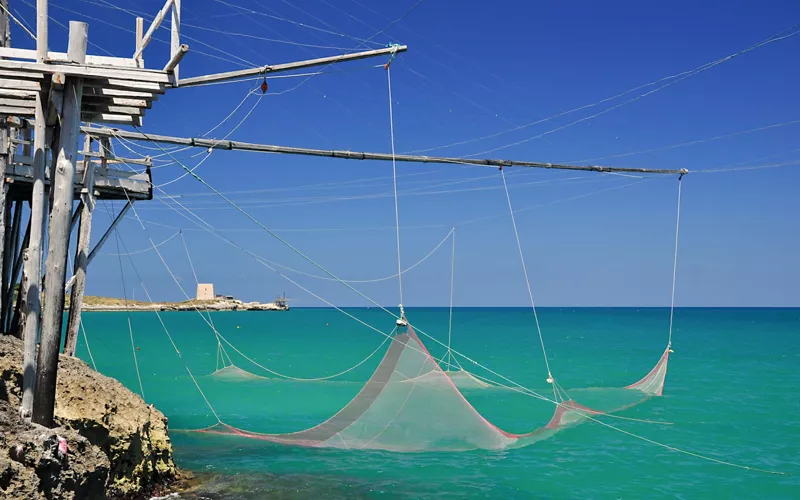
Moving even further along the coast we arrive at Rodi Garganico: gorgeous beaches and an immaculate sea make up this Apulian citrus capital, from which also emanates the perfume of its abundant almond trees. Sights and smells both are a true treat here, with panoramic views stretching to the Tremiti Islands, 140 km (87 mi) off the coast. Then Ischitella, where oil reigns, welcomes us, with its lofty view over the Adriatic Sea and the Lake of Varano, before we pass on to the medieval Vico del Gargano, also famous for its citrus production. Later, we reach the Umbra Forest, the green heart of Gargano, where we recommend a nocturnal excursion. Led by expert guides, you are in for an exhilarating experience, a unique way to enjoy the perfumes of the flora and the sounds of the fauna in this precious ecosystem. Towards the end of our journey is a brief itinerary tracing some of the zone’s places of faith: Monte Sant’Angelo, the oldest and most important religious center for Gargano, is where the Via Sacra Langobardorum begins, which unites numerous sanctuaries from Spain to Jerusalem. Subsequently, San Giovanni Rotondo is the city of the Holy Father Sanctuary, and not far off is San Marco in Lamis: preferred by pilgrims as a “pit-stop” on the road to Monte Sant’Angelo, it is home to the Sanctuary of St. Matthew.

